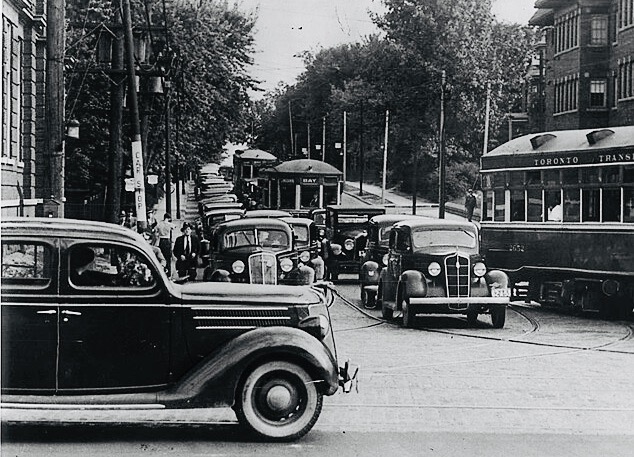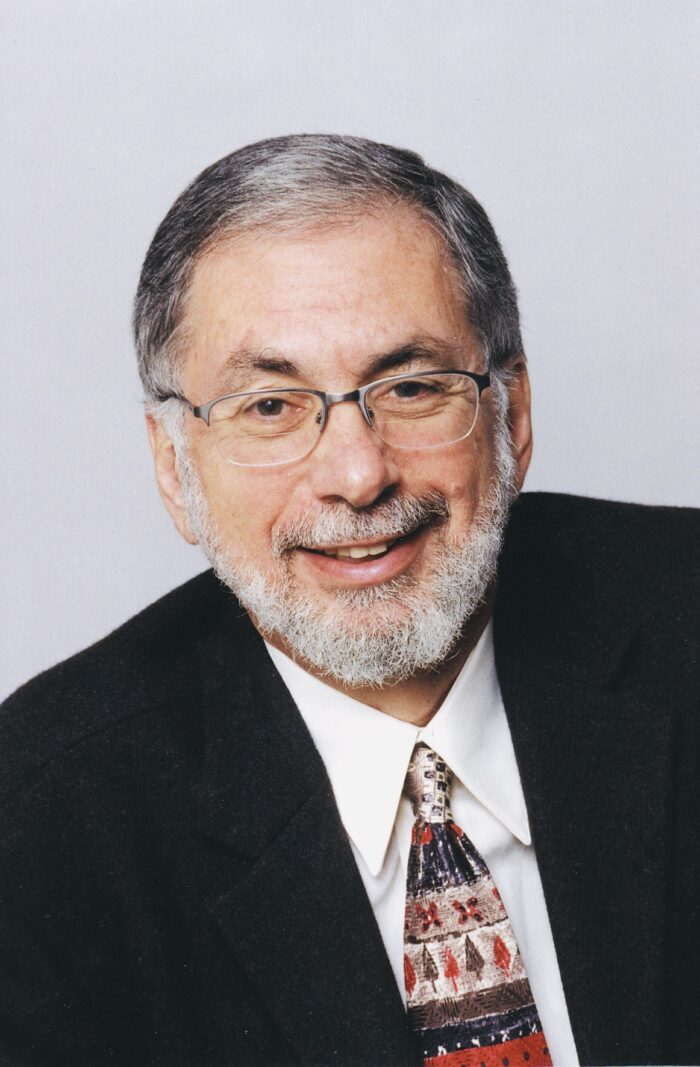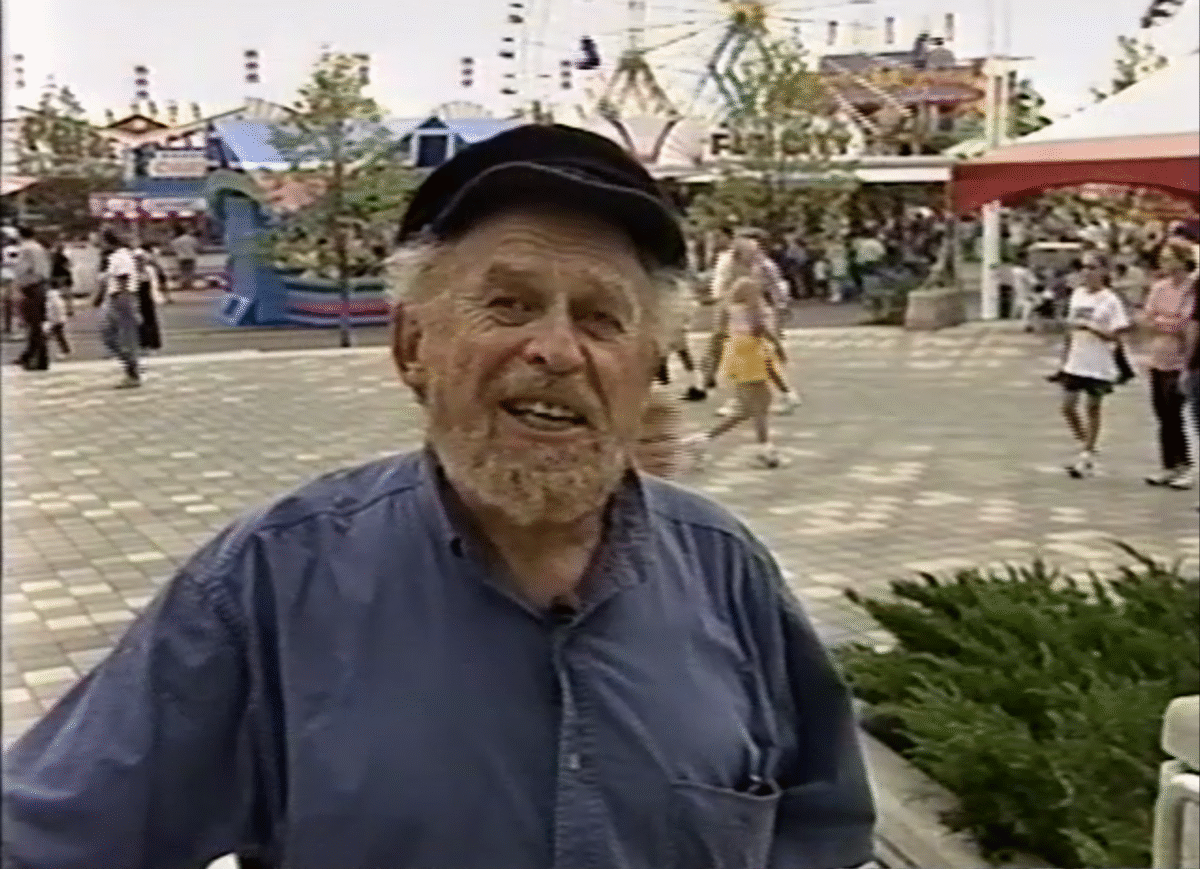Harry Rasky describes Nobody Swings On Sunday as a “memory” movie. Rasky’s bitter-sweet documentary, to be screened at the ongoing Toronto Jewish Film Festival, is an assemblage of his boyhood memories of Toronto in the 1930s and 1940s. Released in 2003, it is based on his eponymous memoir, which was published in 1980.
Rasky (1928-2007), who was one of Canada’s most accomplished filmmakers, focuses on St. Clair Street West, a major thoroughfare. This is where he was born and raised. Previously known as Little Britain, it was mostly inhabited by British and Irish Protestants who could be xenophobic and hostile to anyone who was religiously or ethnically different.
The block he lived on, however, was as Jewish as Tel Aviv, he recalls.

Rasky’s film may be likened to a sentimental journey. He has fond recollections of St. Clair West, which happens to be a 15-minute walk from my Casa Loma neighborhood in mid-town Toronto. He remembers its four movie theaters, the school he and his siblings attended, and the Orange Order parades he watched in July.
On the whole, though, the story he tells is shot through with snippets of antisemitism, which was common in Canada during his formative years, when Jews were the city’s largest minority.
Children of European immigrants like himself dwelled in two separate worlds — the Canada they had grown up in and the country from which their parents had fled. But even as a Canadian, Jews like Rasky faced an unfriendly environment and discrimination.
Antisemitism was endemic in Toronto before World War II, says Harry Arthurs, a lawyer and the former president of York University. Like Rasky, he graduated from Oakwood Collegiate on St. Clair Avenue West.

Such was the deep-seated prejudice against Jews, a Jewish woman recalls, that one of her classmates refused to sit next to her in class.
Patrick Watson, Rasky’s old friend and a distinguished Canadian Broadcasting Corporation commentator, became aware of religious differences only because he had Jewish friends.
During that period, many Jews lived in The Ward, a district which encompasses the storied Kensington Market and which has since morphed into Chinatown.
Rasky vividly remembers the vibrant colors and aromas of the market and long-gone Jewish-owned shops such as Mendel’s Creamery.
The first Mount Sinai Hospital was located on Yorkville Avenue, now an upscale street in the downtown core. There was a need for it because Jewish doctors were unable to find employment at local hospitals, says Rasky, who used to deliver fresh chickens from his father’s store to Mount Sinai.
“It was hard for most Jews to move into the professions,” says Arthurs.
Al Goodman, who knew Rasky when they were both young, had to conceal his Jewishness due to the pervasiveness of antisemitism. His ambition to be a teacher was thwarted by such bigotry.
Toronto’s racial climate has since improved considerably due to the influx of immigrants from scores of countries, Rasky notes. It is a model multicultural city where differences are usually embraced rather than rejected.
Nobody Swings On Sunday ends on that upbeat note, leaving the bitterness of the past in its wake.
